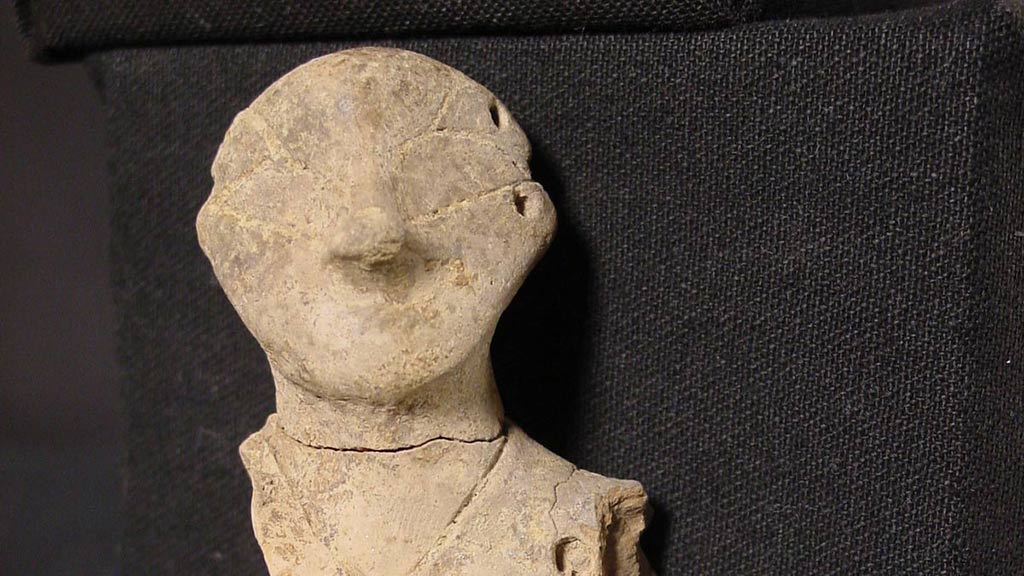
Berk Collection of Neolithic and Stone Age Figurines
Harlan J. and Pamela Berk donated a collection of over 350 carved and incised Neolithic vessel, head, neck, and body fragments of ceramic and stone. The fragments come from Southern Europe and West Asia and date to between 6800 and 4000 BCE. The clay and stone figurines and vessels produced in these areas over several thousand years demonstrate the interconnections between Aegean and Eastern European pre-historic cultures.
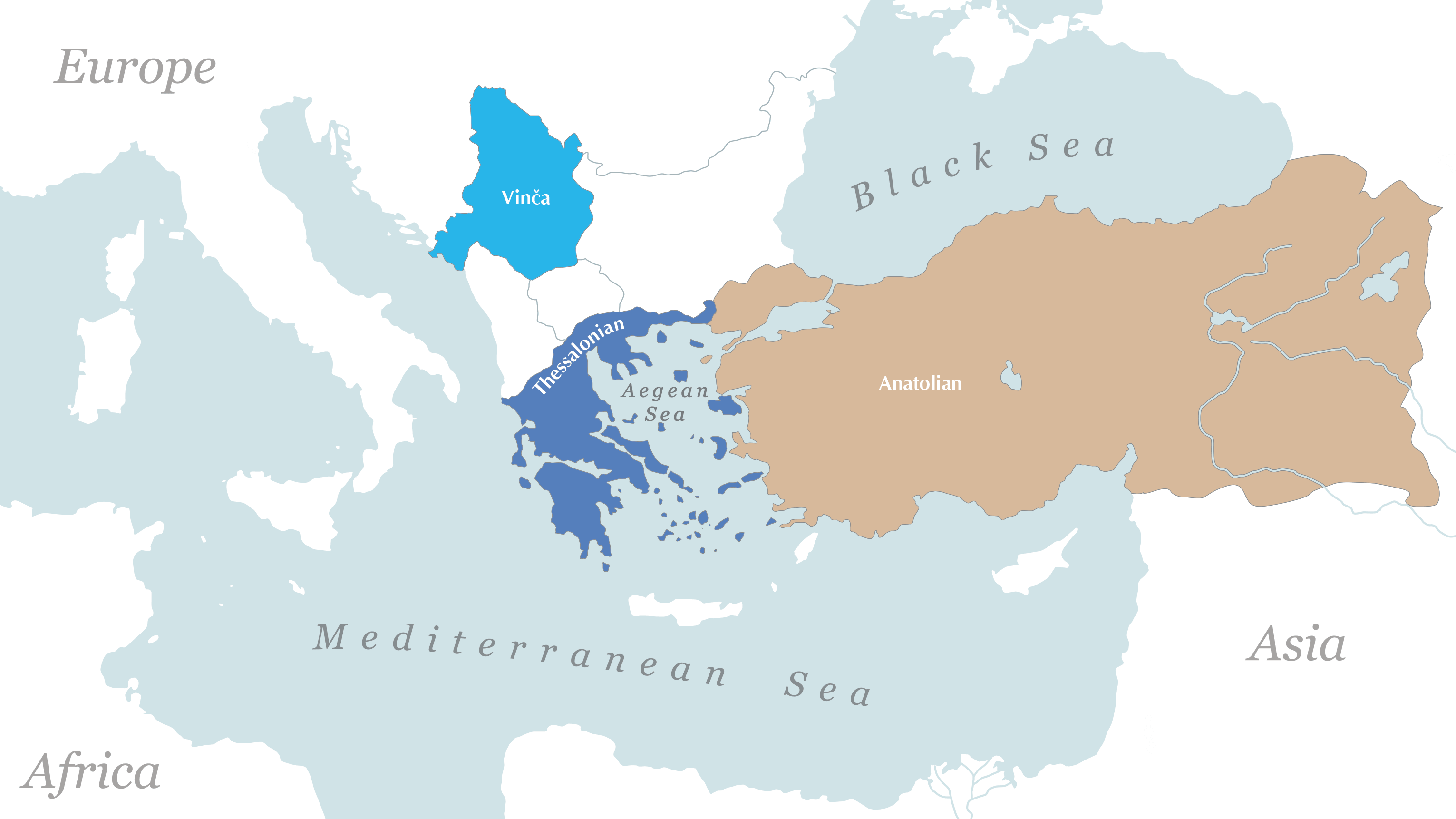
Thessalonian
ca. 6800–5600 BCE
Discovered in northern Greece, most of these artifacts depict female features and may relate to fertility and reproduction.
- Female Figurine Fragment (2000.17.0105) Europe, West, Greece Early Neolithic, 6800 - 5600 BCE 2000.17.0105
- Figurine Fragment: Head (2000.17.0107) Europe, West, Greece Early Neolithic, 6800 - 5600 BCE 2000.17.0107
- Venus Figurine Fragment (2000.17.0108) Europe, West, Greece Early Neolithic, 6800 - 5600 BCE 2000.17.0108
- Venus Figurine Fragment (2000.17.0110) Europe, West, Greece Early Neolithic, 6800 - 5600 BCE 2000.17.0110
Vinča (Yugoslavic)
ca. 4500–4000 BCE
Found in modern-day Serbia, east of Belgrade, this collection includes both human- and non-human-shaped artifacts. Some Vinča heads may be mask replicas - miniatures of larger wooden masks, possibly used for ritual and theatrical purposes. Many of the figures appear to have been votive offerings.
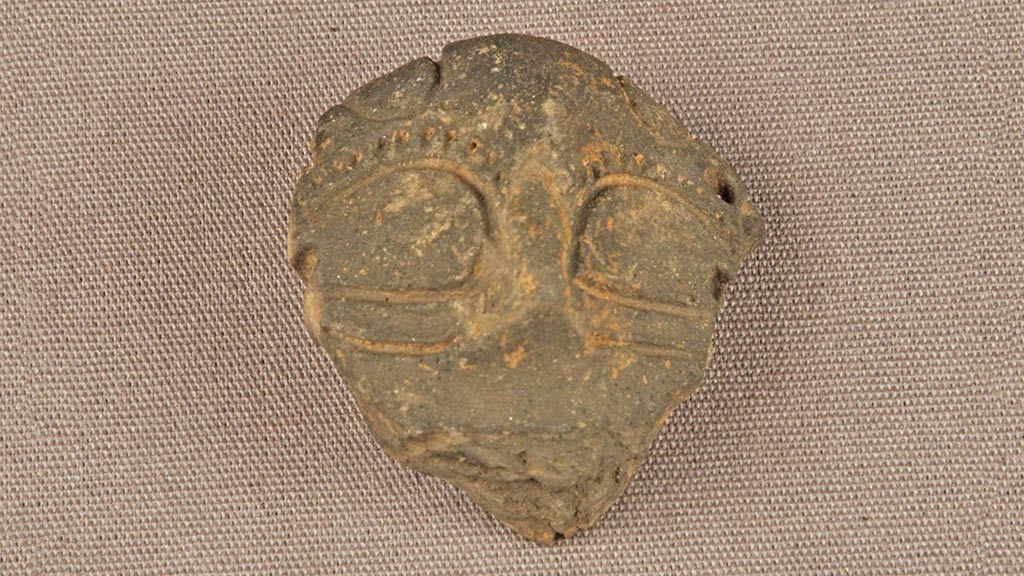 Figurine Fragment: Head (2000.17.0002) Europe, East; Republic of Serbia Neolithic; 4500 - 4000 BCE 2000.17.0002
Figurine Fragment: Head (2000.17.0002) Europe, East; Republic of Serbia Neolithic; 4500 - 4000 BCE 2000.17.0002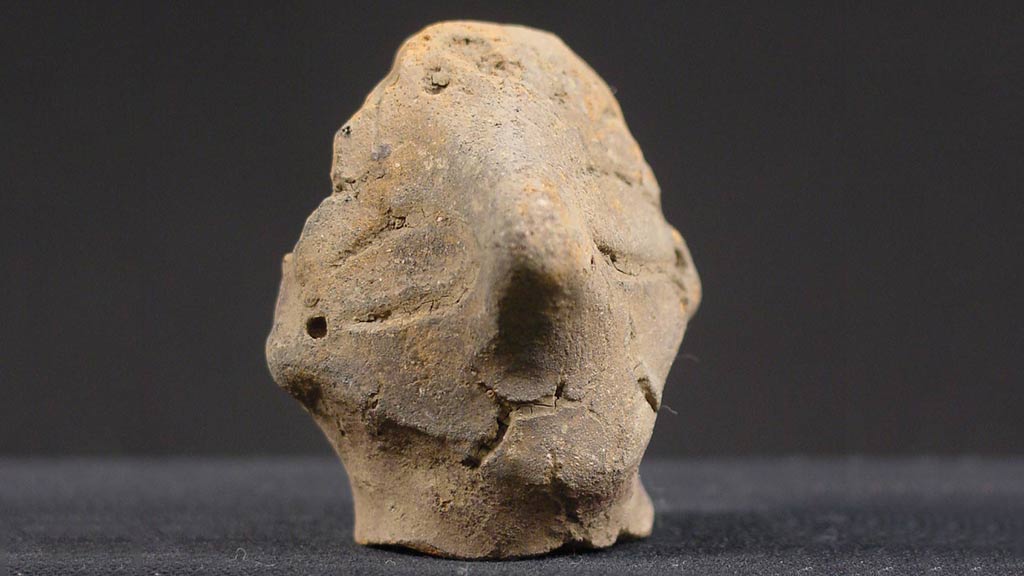 Figurine Fragment: Head (2000.17.0018) Europe, East; Republic of Serbia Neolithic; 4500 - 4000 BCE 2000.17.0018
Figurine Fragment: Head (2000.17.0018) Europe, East; Republic of Serbia Neolithic; 4500 - 4000 BCE 2000.17.0018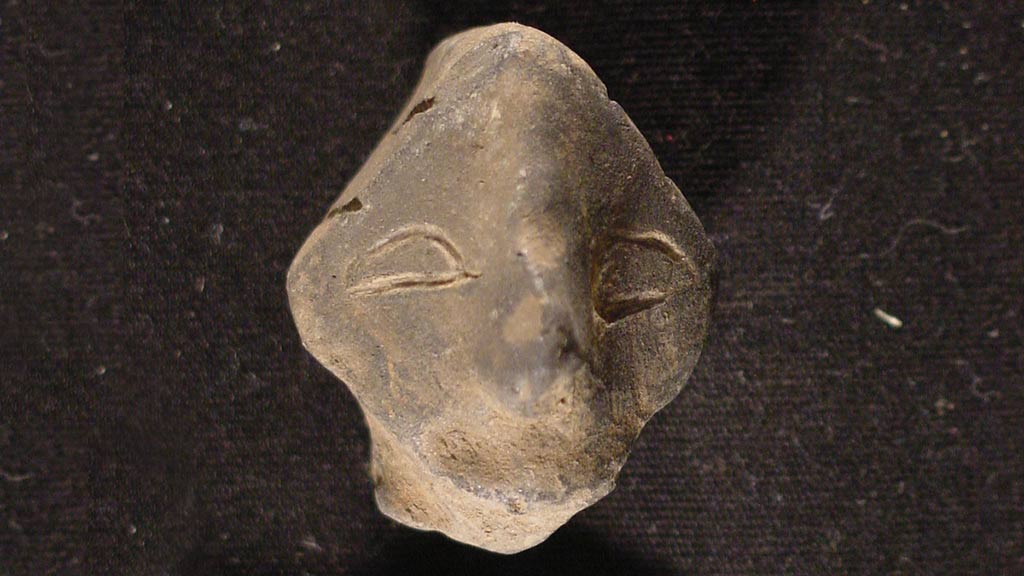 Figurine Fragment: Head (2000.17.0032) Europe, East; Republic of Serbia Neolithic; 4500 - 4000 BCE 2000.17.0032
Figurine Fragment: Head (2000.17.0032) Europe, East; Republic of Serbia Neolithic; 4500 - 4000 BCE 2000.17.0032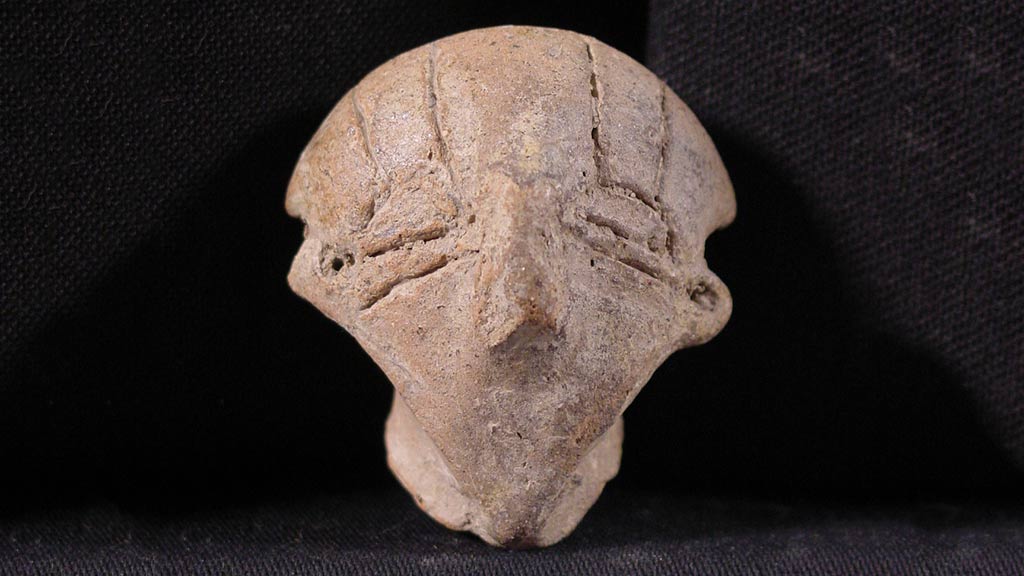 Figurine Fragment: Head (2000.17.0036) Europe, East; Republic of Serbia Neolithic; 4500 - 4000 BCE 2000.17.0036
Figurine Fragment: Head (2000.17.0036) Europe, East; Republic of Serbia Neolithic; 4500 - 4000 BCE 2000.17.0036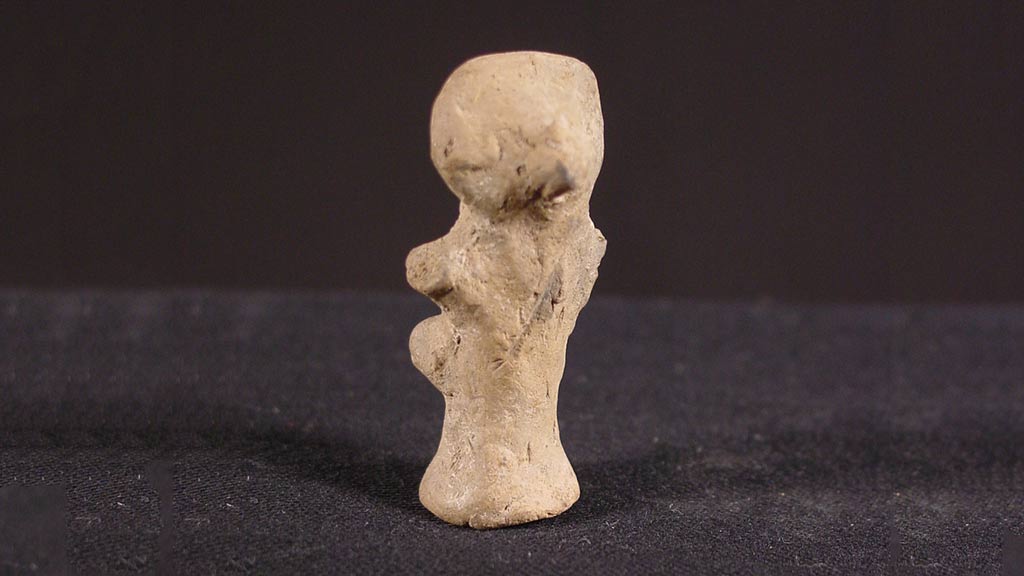 Figurine Fragment: Head (2000.17.0067) Europe, East; Republic of Serbia Neolithic; 4500 - 4000 BCE 2000.17.0067
Figurine Fragment: Head (2000.17.0067) Europe, East; Republic of Serbia Neolithic; 4500 - 4000 BCE 2000.17.0067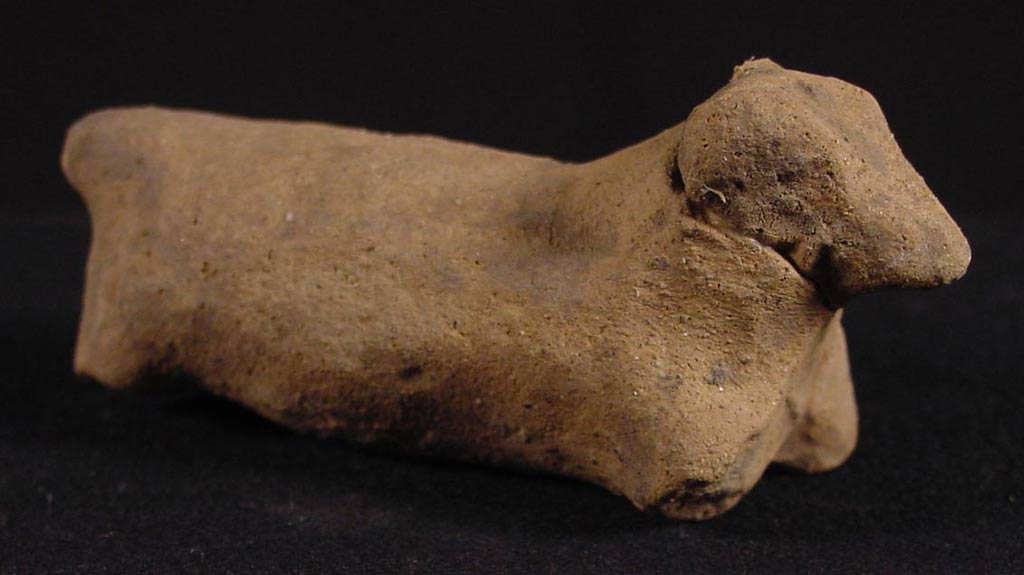 Figurine: Ram (2000.17.0082) Europe, East; Republic of Serbia Neolithic; 4500 - 4000 BCE 2000.17.0082
Figurine: Ram (2000.17.0082) Europe, East; Republic of Serbia Neolithic; 4500 - 4000 BCE 2000.17.0082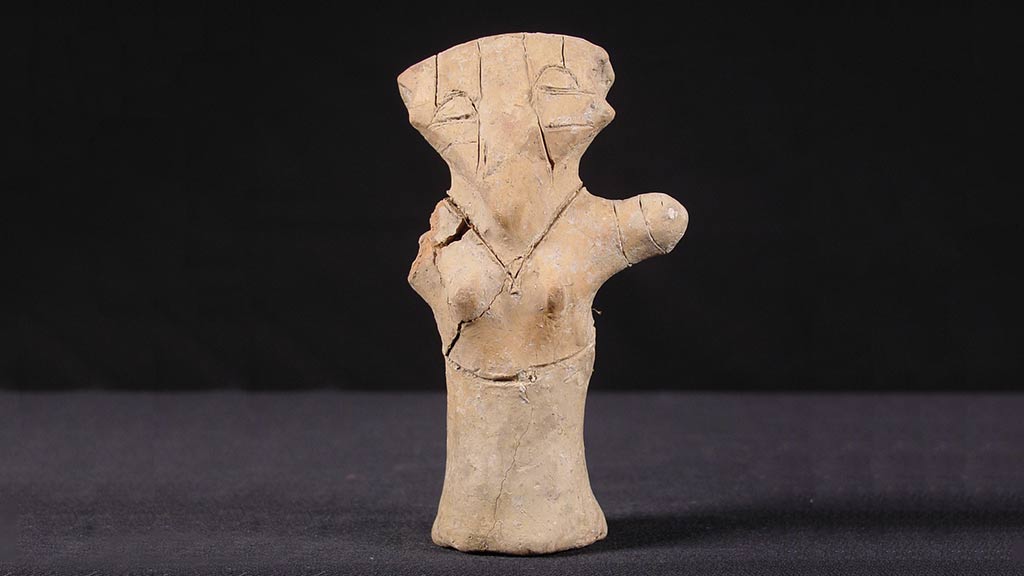 Female Figurine (2000.17.0091) Europe, East; Republic of Serbia Neolithic; 4500 - 4000 BCE 2000.17.0091
Female Figurine (2000.17.0091) Europe, East; Republic of Serbia Neolithic; 4500 - 4000 BCE 2000.17.0091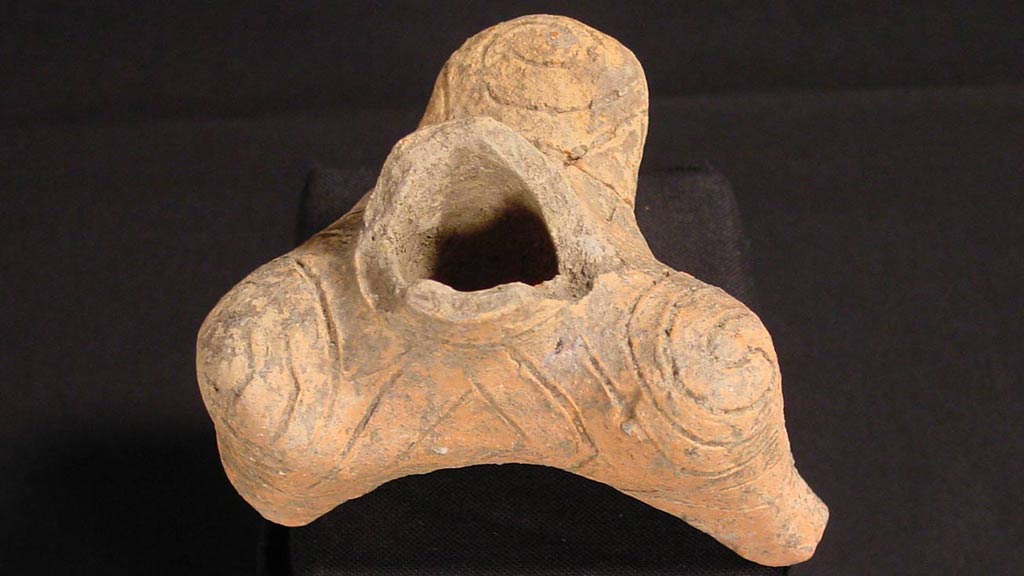 Three-Legged Jar, Vessel (2000.17.0097) Europe, East; Republic of Serbia Neolithic; 4500 - 4000 BCE 2000.17.0097
Three-Legged Jar, Vessel (2000.17.0097) Europe, East; Republic of Serbia Neolithic; 4500 - 4000 BCE 2000.17.0097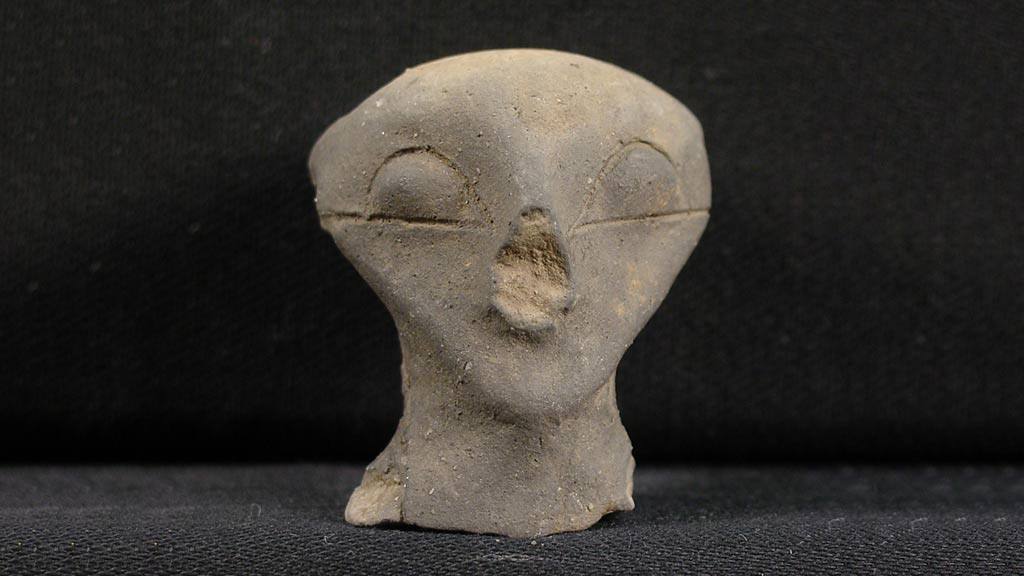 Figurine Fragment: Head (2000.17.0022) Europe, East; Republic of Serbia Neolithic; 4500 - 4000 BCE 2000.17.0022
Figurine Fragment: Head (2000.17.0022) Europe, East; Republic of Serbia Neolithic; 4500 - 4000 BCE 2000.17.0022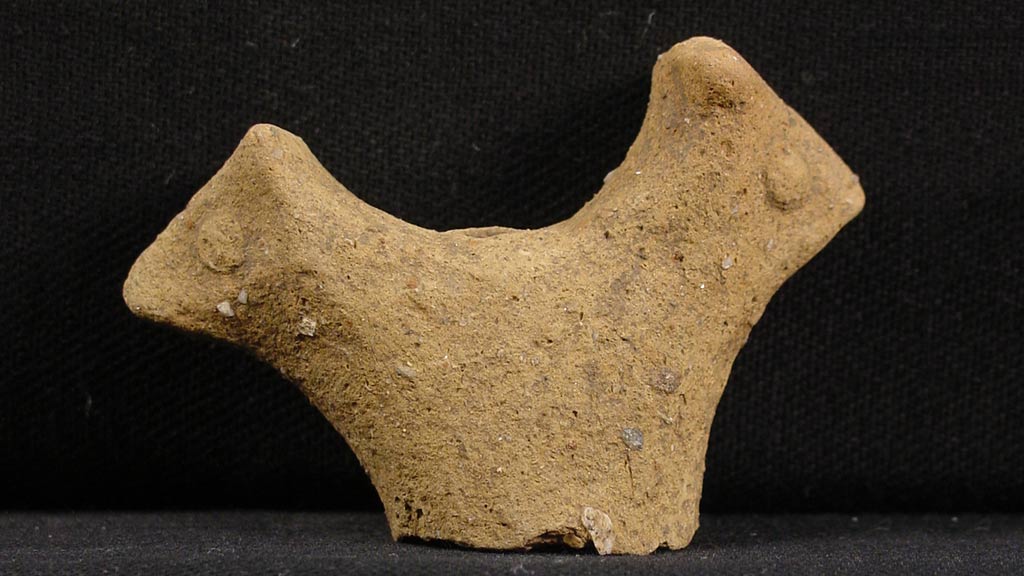 Figurine Fragment: Head (2000.17.0026) Europe, East; Republic of Serbia Neolithic; 4500 - 4000 BCE 2000.17.0026
Figurine Fragment: Head (2000.17.0026) Europe, East; Republic of Serbia Neolithic; 4500 - 4000 BCE 2000.17.0026
Anatolian (Kilia or Kiliya Type)
ca. 4500–4000 BCE
These artifacts from Turkey are known as marble "Stargazers" because of their upward-looking faces.
- Figurine Fragment: Head (2000.17.0099) Europe, West, Greece Early Neolithic, 6800 - 5600 BCE 2000.17.0099
- Figurine Fragment, Torso, "Stargazer" (2000.17.0123) Asia, West, Turkey Neolithic, 4500 - 4000 BCE 2000.17.0123
- Figurine Fragment, Torso, "Stargazer" (2000.17.0126) Asia, West, Turkey Neolithic, 4500 - 4000 BCE 2000.17.0126
- Figurine Fragment, Head, "Stargazer" (2000.17.0193) Asia, West, Turkey Neolithic, 4500 - 4000 BCE 2000.17.0193
- Figurine Fragment, Head, "Stargazer" (2000.17.277) Asia, West, Turkey Neolithic, 4500 - 4000 BCE 2000.17.0277
- Figurine Fragment, Head, "Stargazer" (2000.17.0285) Asia, West, Turkey Neolithic, 4500 - 4000 BCE 2000.17.0285
- Figurine Fragment, Head, "Stargazer" (2000.17.0286) Asia, West, Turkey Neolithic, 4500 - 4000 BCE 2000.17.0286
- Figurine Fragment, Head, "Stargazer" (2000.17.0288) Asia, West, Turkey Neolithic, 4500 - 4000 BCE 2000.17.0288
- Figurine Fragment, Head, "Stargazer" (2000.17.0290) Asia, West, Turkey Neolithic, 4500 - 4000 BCE 2000.17.0290
- Figurine Fragment, Head, "Stargazer" (2000.17.0296) Asia, West, Turkey Neolithic, 4500 - 4000 BCE 2000.17.0296
- Figurine Fragment, Head, "Stargazer" (2000.17.0298) Asia, West, Turkey Neolithic, 4500 - 4000 BCE 2000.17.0298
- Figurine Fragment, Head, "Stargazer" (2000.17.0311) Asia, West, Turkey Neolithic, 4500 - 4000 BCE 2000.17.0311
- Figurine Fragment, Head, "Stargazer" (2000.17.0314) Asia, West, Turkey Neolithic, 4500 - 4000 BCE 2000.17.0314
- Figurine Fragment, Head, "Stargazer" (2000.17.0328) Asia, West, Turkey Neolithic, 4500 - 4000 BCE 2000.17.0328
- Figurine Fragment, Head, "Stargazer" (2000.17.0329) Asia, West, Turkey Neolithic, 4500 - 4000 BCE 2000.17.0329
- Figurine Fragment, Head, "Stargazer" (2000.17.0339) Asia, West, Turkey Neolithic, 4500 - 4000 BCE 2000.17.0339
- Figurine Fragment, Head, "Stargazer" (2000.17.0341) Asia, West, Turkey Neolithic, 4500 - 4000 BCE 2000.17.0341
- Figurine Fragment, Head, "Stargazer" (2000.17.0357) Asia, West, Turkey Neolithic, 4500 - 4000 BCE 2000.17.0357




